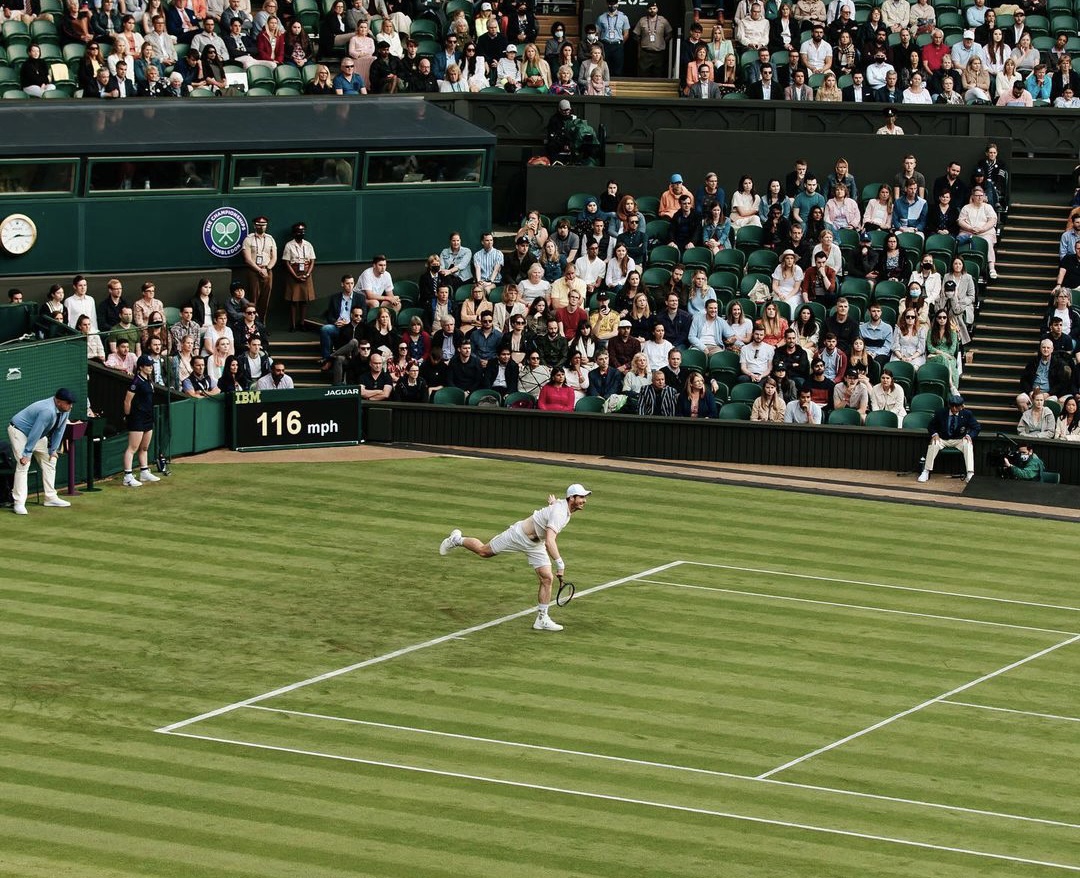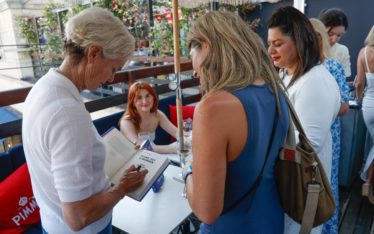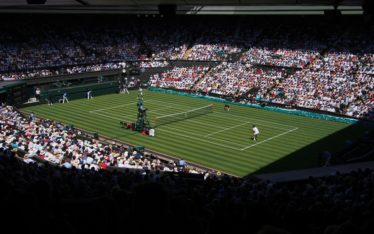With tennis season quickly gaining momentum and people starting to feel the buzz around Wimbledon, this would be a great time to increase the understanding of tennis. Not how to score or how to hit a forehand, but the smaller details often missed by people. Having played tennis at a national level for the best part of my teenage years I have learnt a lot, so, here is some information that may increase your understanding…
What are players doing when they are picking balls when about to serve?
Often tennis players pick a smoother ball for their serves, the less fluffy one. With the hairs flattened, the ball will travel faster making it harder to return.
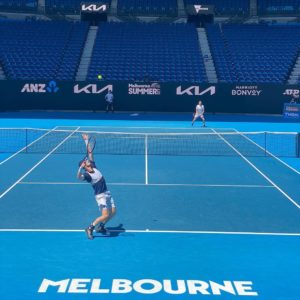
Source: @rafaelnadal
The 4 Grand Slams
Here is a short breakdown of the four grand slams:
Australian Open: Held in Melbourne, throughout January, hard court surface.
French Open: Held in Paris, throughout May/June, clay court surface.
Wimbledon: Held in Wimbledon (London), throughout June/July, grass court surface.
US Open: Held in New York City, throughout August/September, hard court surface.
If a player wins all 4 slams in 1 year, they achieve the ‘Calendar Slam’, there are only five players who have achieved this including Steffi Graf, Margaret Court, and Rod Laver.
Who are the big four?
These are the four players who have dominated men’s tennis for the majority of the 21st century. The Big Four consists of Roger Federer, Rafael Nadal, Novak Djokovic, and Andy Murray.
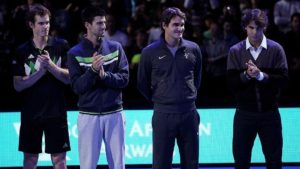
Some of the best shots in the game
Serve: John Isner, Ivo Karlovic, Sabine Lisicki, Ajla Tomljanovic
Forehand: Rafael Nadal, Roger Federer, Serena Williams, Madison Keys
Backhand: Andrey Rublev, Stan Wawrinka, Daniela Hantuchova, Ashleigh Barty
What is the dreaded moonballer?
A player who hits their shots high and deep. Highly frustrating if your opposition is a moonballer but on the other hand, a good defense tactic likely to wind the other player up.
The Two Tennis Circuits
Association of Tennis Players (ATP) and Women’s Tennis Association (WTA)
The ATP and WTA are the governing bodies of the professional tennis circuits including the ATP Masters 1000, ATP 500’s and 200’s and WTA 1000, 500’s and 250 tournaments.
The numbers = points for winning each tournament. In all tournaments (except the Olympics) each player receives points giving rise to a rank. For example, Federer may have the most points from tournament wins making him No.1 in the men’s game.
Other tournaments to look out for…
– The Davis and Billie Jean King (formerly ‘Fed’) Cups: teams from countries compete in a knock-out tournament. The winners are the ‘World Champion Teams’.
– The Laver Cup: a men’s tournament with a team from Europe (Tsitsipas, Zverev etc…) and the World (Isner, Kyrgios etc…). These teams are captained by former pros such as Björn Borg and John McEnroe.

Source: @lavercup
3 tips for playing tennis like a pro
– Watch the ball… this will allow you to be more aware of your on-court situation, to better predict and anticipate what an opponent is going to do.
– Don’t overcomplicate things… overthinking your shots especially as you’re hitting them will make you tense up. If you are working on a specific technicality, try to just focus on that and not 5 other things as well.
– Correct breathing is essential… especially in a match situation. Holding your breath will make your muscles tense and subsequently, your shots and body will ‘flow’ less. So, make sure as you’re getting ready to hit the ball, breathe in, and as you hit it, breathe out.
A book I recommend reading is ‘The Inner Game of Tennis’ by Timothy Gallwey.
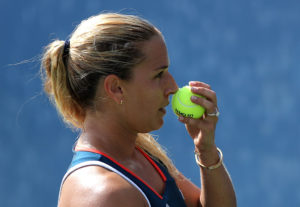
Very superstitious, nothin’ more to say…
Like most sports, tennis is a very superstitious sport. Nadal will have his iconic ritual just before he serves and will also place his water bottles in a particular way, Serena Williams will tie her laces in the exact same way before a match, and, Björn Borg would have his ‘lucky beard’. It is safe to say that superstitions are very common in tennis.

Source: @80sblastfromthepast
Written By: Lydia Ray | Tennis Editor
Facebook: @LadyWimbledon
Instagram: @EyesOfLadyWimbledon
Twitter: @EyesOfLadyW
